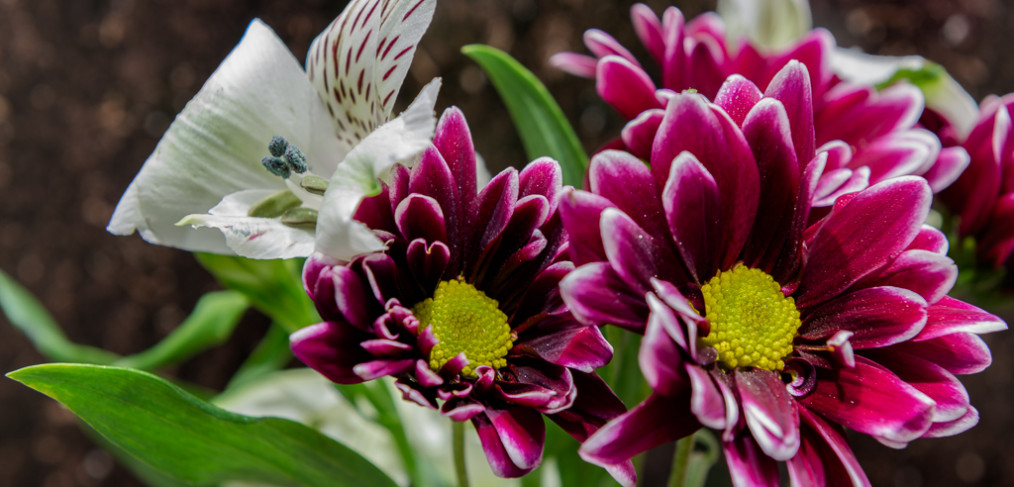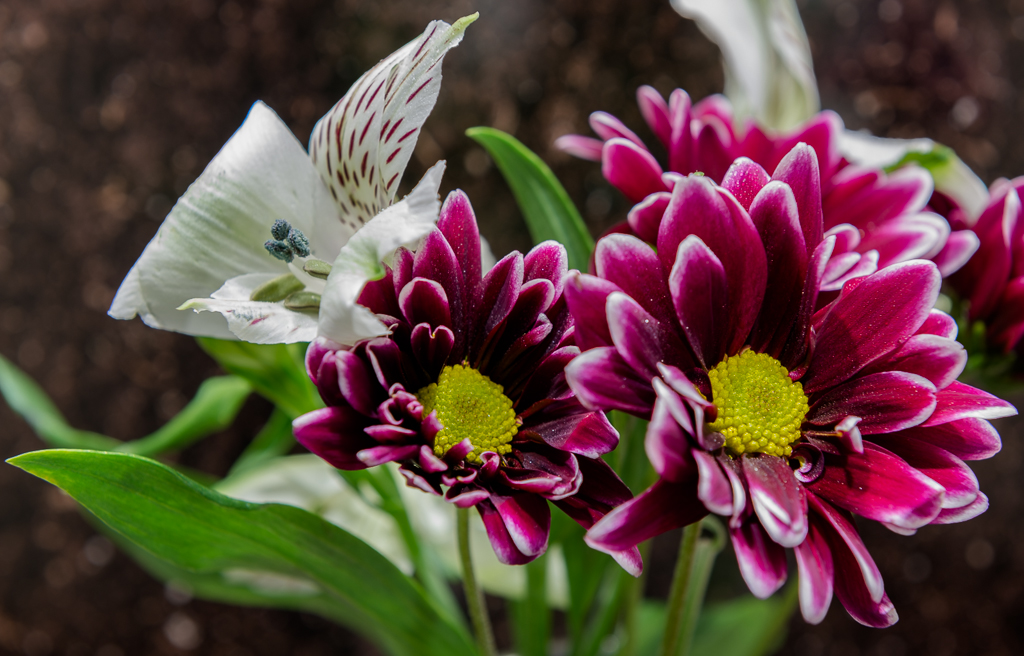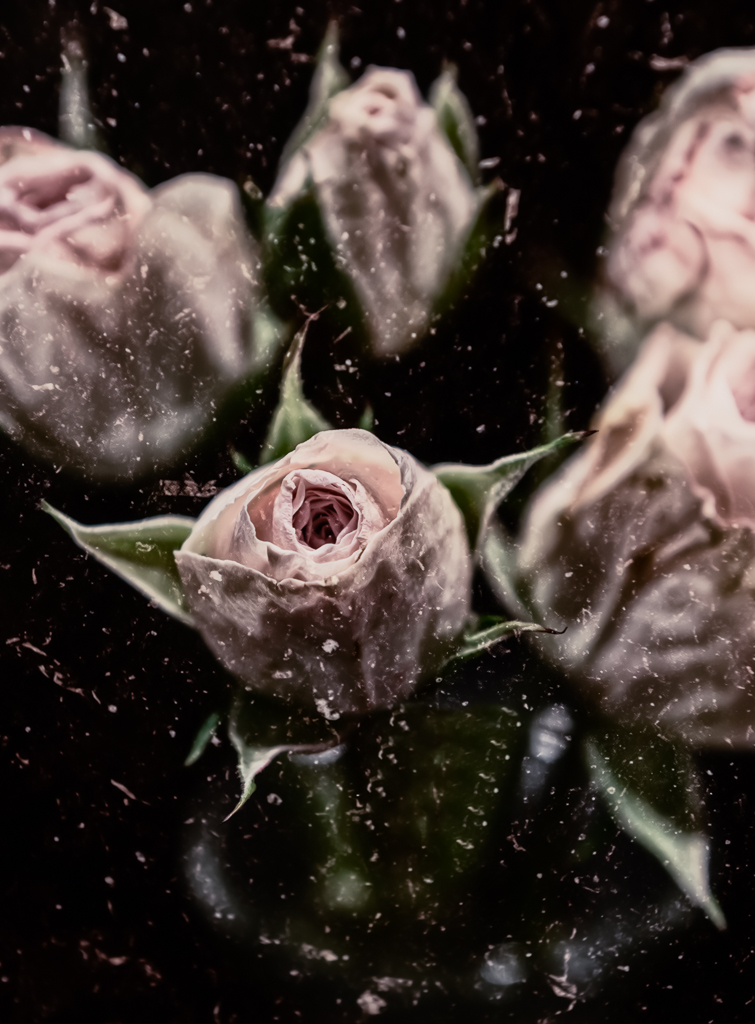
Learned Something New
Recently, I tried out my new extension tubes for some macro shooting practice. I really have not done much yet with this type of shooting. Frankly, there is quite a lot of technique to learn and especially practice in order to get this right.
If you have never done this before, below are a couple of links to get you started.
The Comprehensive Guide To Macro Photograph
A Beginner’s Guide to Shooting Macro
The Ultimate Guide to Macro Photography (137 Best Tips)
How to photograph anything: best camera settings for macro photography
Photography video tutorial: Understanding depth and composition in macro
I never had the time before, but I decided to give it another try. I spent several hours practicing the basics, as suggested in the articles above. And, of course, because I sometimes get bored easily, I also decided to experiment with double exposure. If you do not have this capability with your camera, you can achieve similar by blending together two separate photos in Photoshop.
In the snapshot below, I used a two-shot double exposure to get the front two purple flowers and the back left white flower to be better in focus. There are a lot of different ways to accomplish the same task, and in fewer steps, but I was experimenting.

I used a 36mm extension tube on my 24mm-70mm lens at f8, iso 100 at 70mm on a tripod with a remote cable release to prevent camera shake.
I could have used a smaller aperture, f16, f22, etc. But doing it the way I did allowed me to control the selection of specific parts of the flower arrangement to be in focus and then merged together in-camera, all by merely changing just the focus point the the camera!
In this next image, I used a two-shot double exposure as well. The fist shot was a closeup of the rose. The second shot was a closeup of some 12×18 photo print used as a backdrop for the flower. I then processed this in NIK Color Effects 2.0 with some final touches back in Lightroom 5.

So, in summary, what I learned, is that double exposure can be an interesting way to control selective depth-of-field image blends in-camera.
Enjoy!
